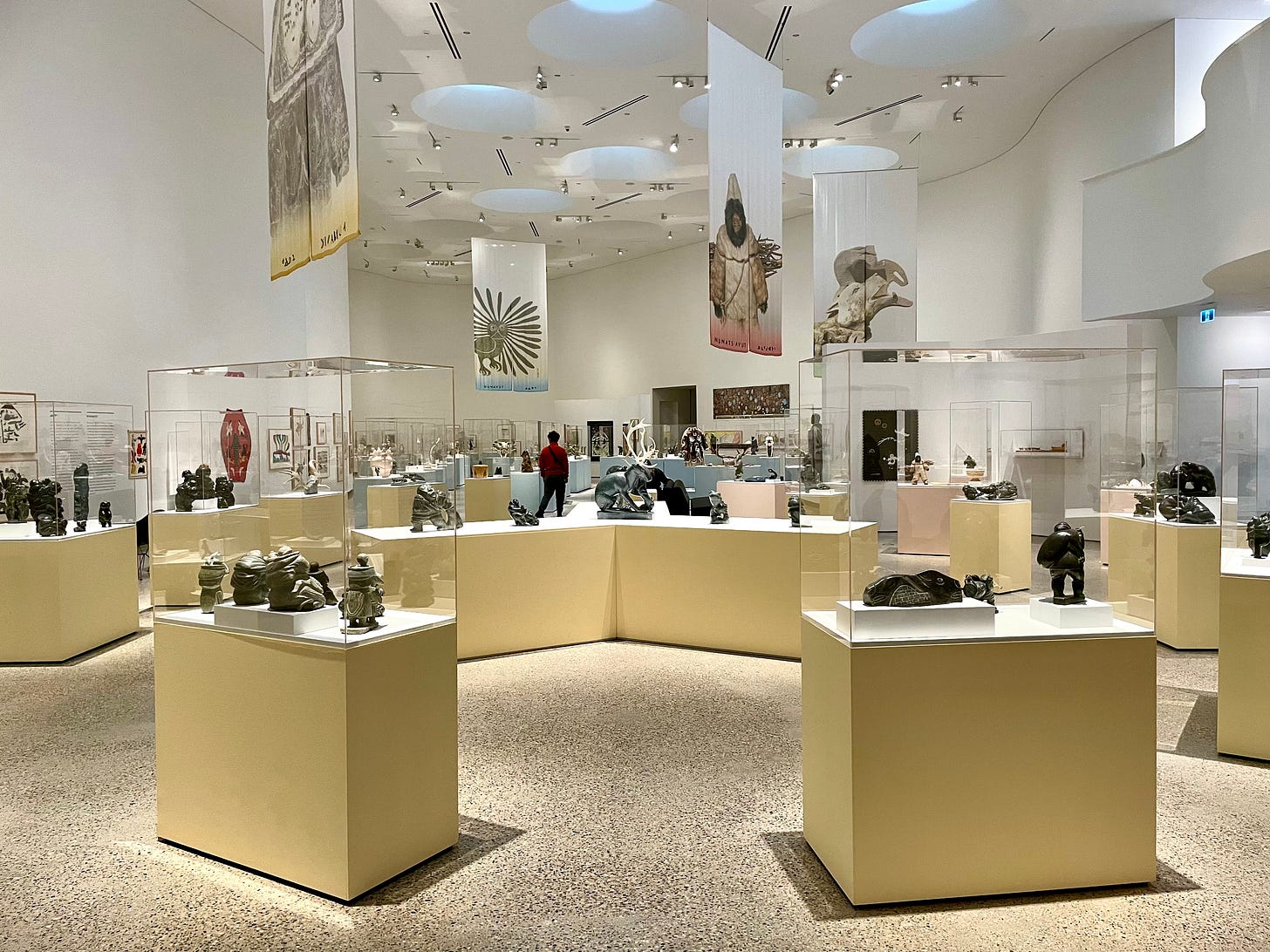If you’ve lived much of your life in major cities, and visit others often, it is easy to overlook the artistic vibrancy of some smaller centres. Winnipeg has made a mark on popular music—The Guess Who, BTO, The Weakerthans, Crash Test Dummies, and so on. There’s the Winnipeg Folk Festival, of course.
Then there are the indie filmmakers, Guy Madden, John Paizs and Dave Barber.
Some of this derives from Winnipeg’s relative isolation creating local networks, styles and cultures.
As a native Winnipegger, I can also attest to the particular place that the CBC played here as a local cultural institution. My mother acted in radio plays at the CBC. When I was growing up, the local big shot at the CBC was regarded as a peer to the directors of the Royal Winnipeg Ballet and the Manitoba Theatre Centre. And indeed they nurtured and cultivated as much local talent. I worked there myself for a time.
The other thing about a medium-sized city like Winnipeg is that it is large enough to produce families whose fortunes are built locally and who retain a local patriotism (though admittedly, by the third generation, they are often scampering off to Toronto.) The Aspers and the Richardsons, for example, have monuments to their wealth and philanthropy all over Winnipeg.
Which brings me to the Winnipeg Art Gallery (or WAG, as it styles itself). Although it got a beautiful modernist building in 1971, my memory of the place is that it contained minor works by major artists like, say, Augustus John or George Romney. And major works by less well-known artists. It was most interesting when it showcased people such as William Kurelek, who had a specifically local appeal. And the increasingly because it featured Indigenous art.
But it often seemed to me that the building was more impressive than what it contained. (Something that might also be said of the Asper-funded Canadian Museum for Human Rights, by the way.)
That has all changed. In 2021, a new building was opened, dedicated to Inuit art. The WAG currently has the world’s largest collection of Inuit art, numbering 13,000 pieces
The other day, I visited the new space for the first time. There is currently an exhibit called Inuit Sanaugangit that is breathtaking. It is a survey of Inuit art from 200 BCE to the present day.
I started off with the idea of taking pictures of pieces that particularly caught my eye and making sure I had a record of the names of the artists. After twenty minutes, I had to stop. There were simply too many pieces that were absolutely arresting in their vision and their execution, and as soon as I had inspected one, I was pulled to the next.
I was lucky enough to visit the Cezanne exhibit at the Tate Modern in London a few weeks ago, and though I enjoy looking at a bowl of fruit as much as the next guy, it had nothing like the head-swivelling power of what’s on display at the WAG right now. If you think of Inuit art as soapstone carvings of walruses and seal hunters, there’s plenty of that for you. But the array of materials and the variation of artistic vision in this exhibit, not to mention the stunning craftsmanship, is beyond anything I had imagined when I entered the doors.
Absolutely worth a trip to Winnipeg during a Colorado Low!
…
Correction: In my last post, from Kenora, I said that the controversy about the colouring of the current iteration of Husky the Muskie was partly over an Indigenous design. That was wrong. There is indeed a controversy about the colour of the new version of the Kenora landmark, but the design is not Indigenous and the controversy has nothing to do with the racial tensions in the town. I regret the error, more deeply because I erroneously attributed the story to a friend. It is a reminder to me that these posts are public and that I need to self-edit more rigorously. I promise to be better.












We will definitely visit this gallery the next time we’re in Winnipeg. Love those photos of the art.
Plus 18 on Tuesday. Excellent timing.